The idea first, is to create a cool alpha I can use to build a pattern. You can start with a sphere and use the Gizmo to deform it a bit (taper deformer is a cool way to create a ‘pill shape’).
Then use the SnakeHook brush with a noisy alpha and Sculptris Pro to make it look very organic before refining the shape with other sculpting brushes… The intention here is to create a small piece of bark or something similar to that:

The key of this first part of the process is in the use of the SnakeHook brush with noisy alphas, you can get something that looks pretty cool and organic in just a few strokes:
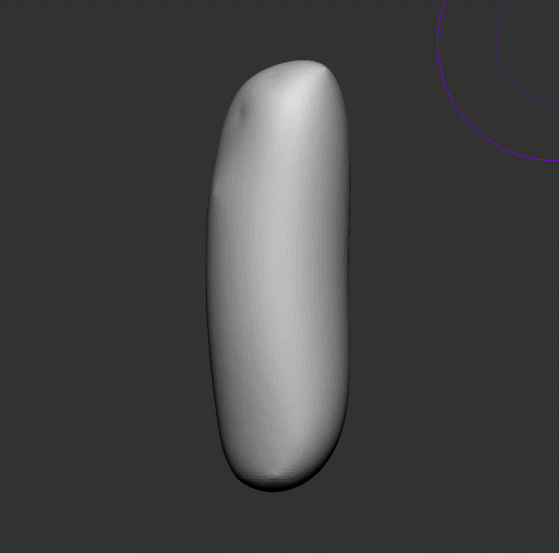
once you have your little piece of bark finished, you can go to the Alpha palette and click on the ‘From Mesh’ button to capture the depth map of the object (make sure you use a decent resolution):
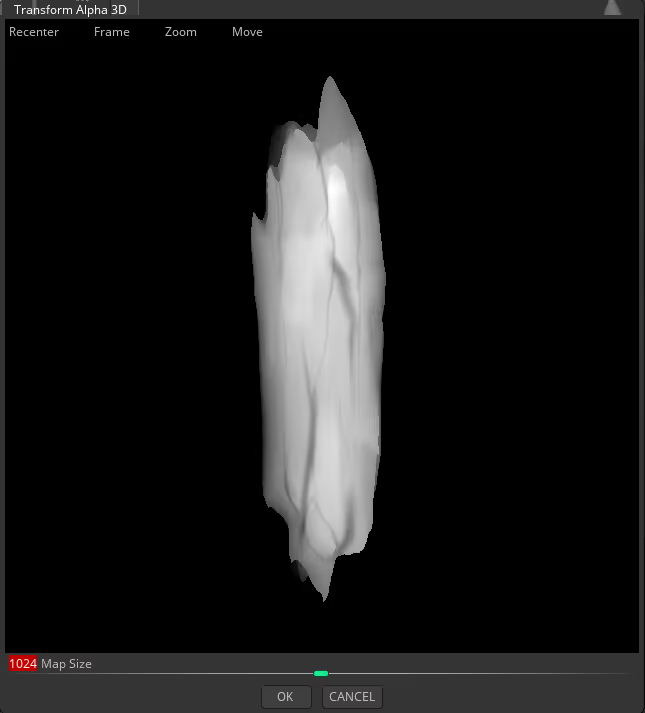
That’s about it, you know have a simple alpha you can use to create alphas that are more complex. Here is an example of draging this sample alpha on a square to make a tileable texture:

There 2 very cool things happening in the gif above:
- the volumes of new strokes are not getting mixed with the previous strokes and
- the alpha is repeated along the borders to create a tileable texture
These two things are very simple to achieve in ZBrush: Use a Layer brush, change the stroke to DragRect and pick your newly created alpha. Then save a Morph Target, this will create the layering effect without affecting previous strokes.
For the tilin effect, you can go to the brush palette and under ‘Curve’ enable WrapMode by setting it to 1 and that’s it!
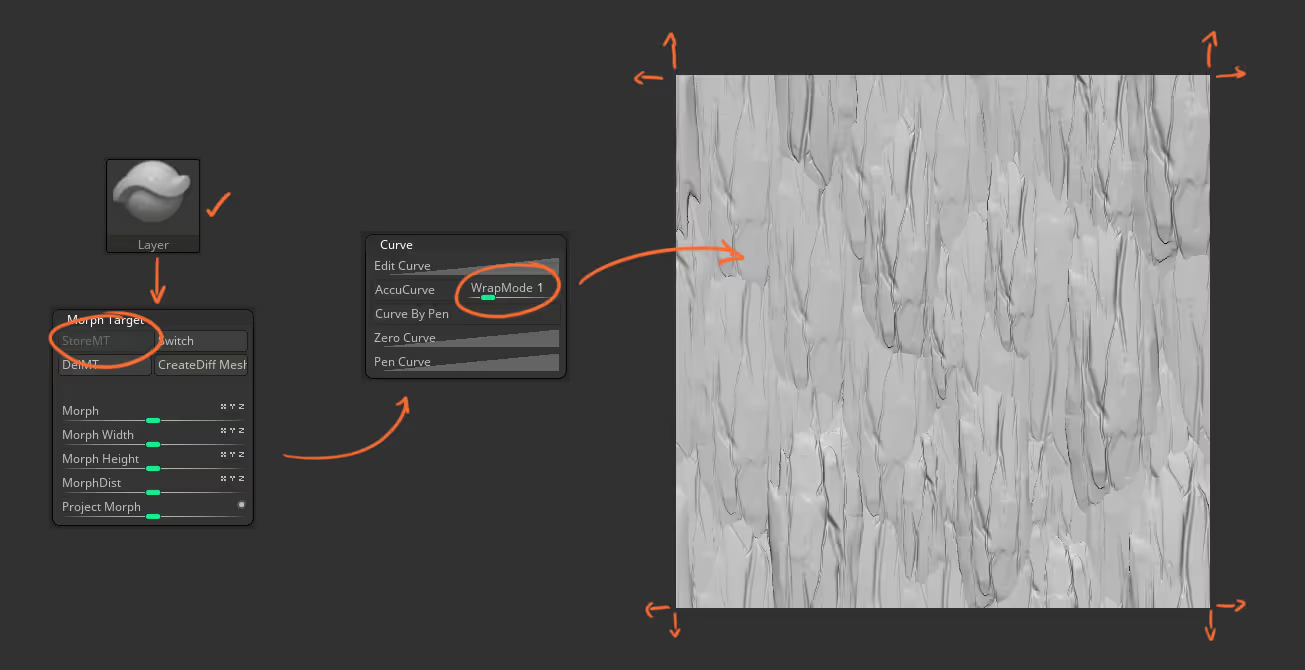
Once you finish with your more complex alpha (dragging a bunch of your smaller simpler alphas), you can use another option from the Alpha palette: From the Trasnfer subpalette, click on GrabDoc to transfer al lthe dpeth information into a custom tileable alpha:
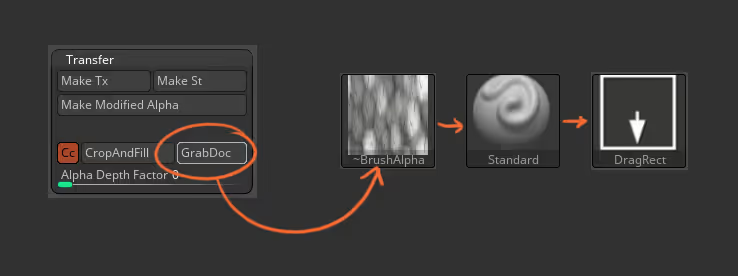
That’s it, you now have a much more interesting alpha that can be saved to your custom brushes:


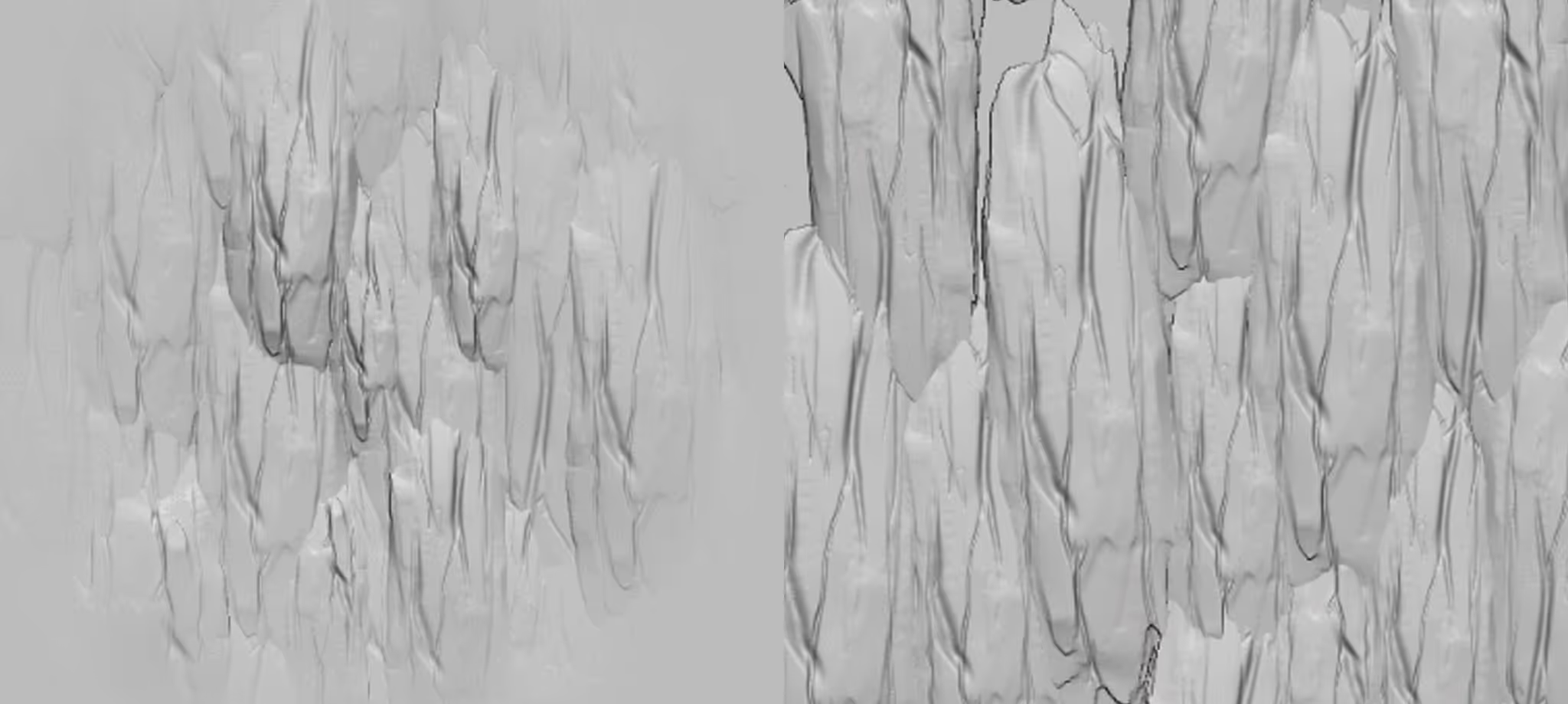
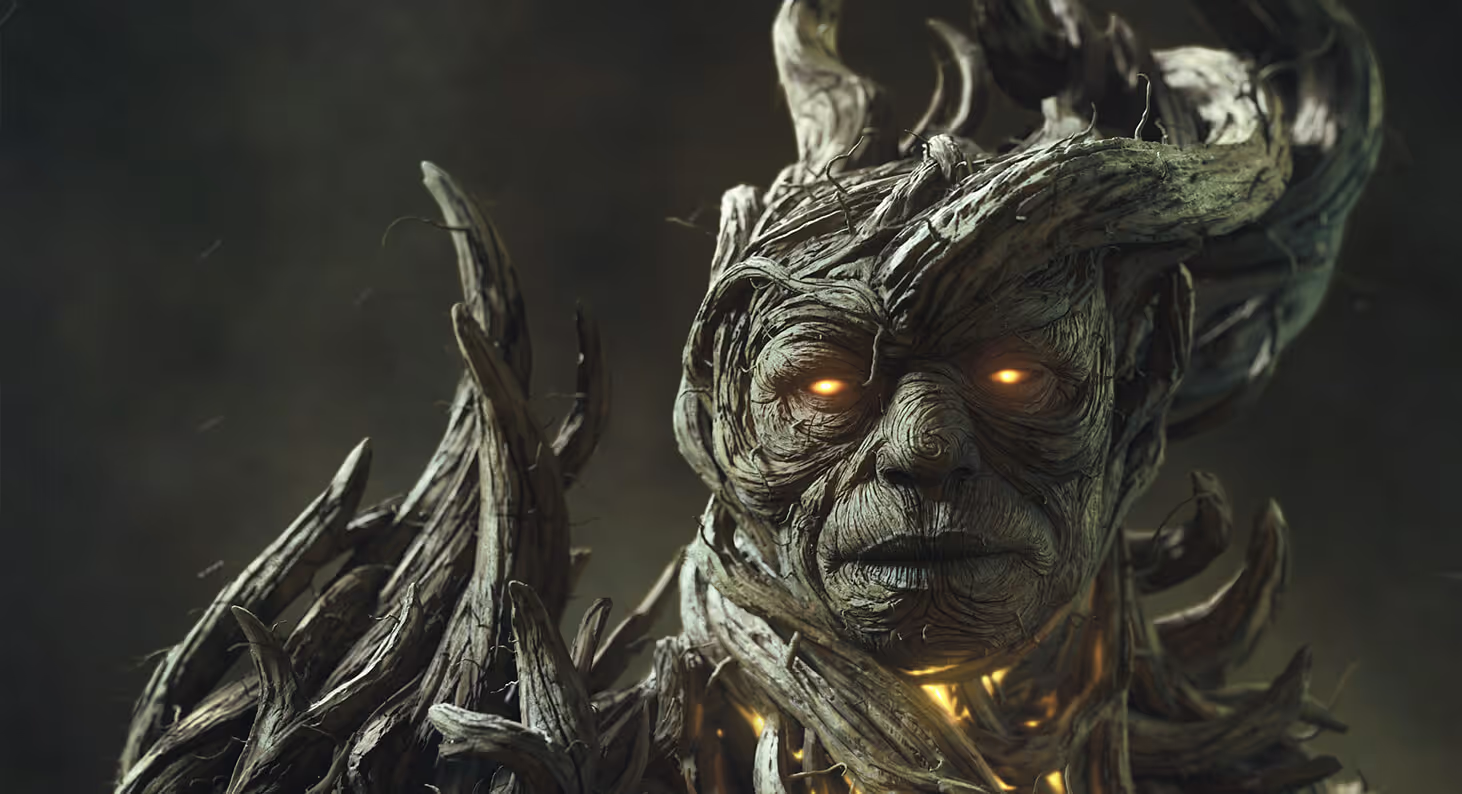






.jpg)